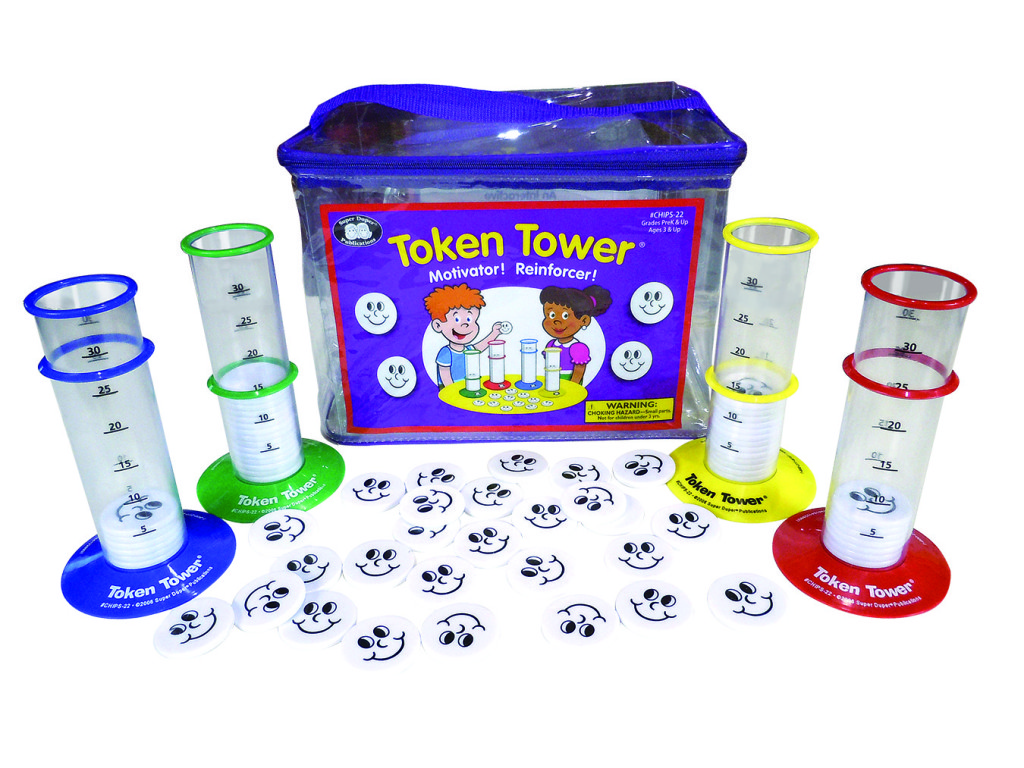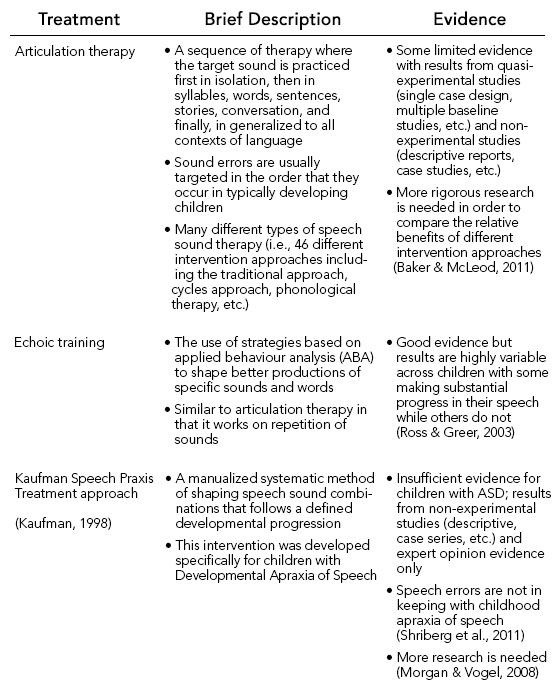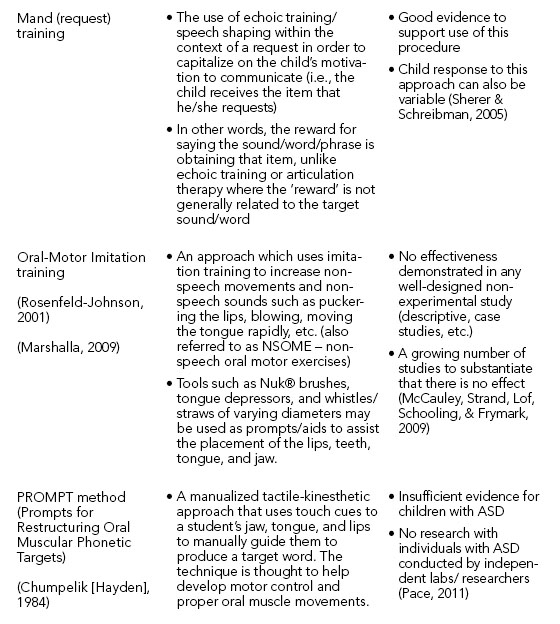This month’s featured article from ASAT is by Program Director of the Kansas City Autism Training Center Tanya Baynham, MS, BCBA, on a variety of research-based strategies to help you expand interests in children with autism. To learn more about ASAT, please visit their website at www.asatonline.org. You can also sign up for ASAT’s free newsletter, Science in Autism Treatment, and like them on Facebook!
My child is doing well with many of his ABA programs, even the ones that focus on the development of play skills. Unfortunately, he doesn’t play with most of the toys that we give him, and he has worked for the same five things since our program began a year ago (marshmallow peeps, Thomas trains, tickles, Wiggles songs, and raisins). What can I do to expand his interests and maybe even get those interests to function as reinforcers for teaching targets?
Answered by Tanya Baynham, MS, BCBA
Program Director, Kansas City Autism Training Center
Inherent to a diagnosis of autism is the observation that the child will engage in restricted or repetitive behavior and may also display restricted interests. Expanding those interests, specifically in the areas of toy use and play, is an important programming goal as it can result in a number of positive effects. First, rates of socially appropriate behaviors may increase while rates of inappropriate behaviors may decrease. For example, engaging a child in looking at a book may decrease stereotypic behaviors or passivity (Nuzzolo-Gomez, Leonard, Ortiz, Rivera, & Greer, 2002). Second, interest expansion can lead to new social opportunities for children and promote greater flexibility when bringing them to new environments. For example, a child with a new preference for coloring may be more successful in a restaurant because he will sit and color the menu, or he can attend Sunday school because he will color a picture when directed. Third, the addition of new reinforcers in ABA programs may help prevent satiation or allow you to allocate more highly preferred items for difficult teaching targets and less preferred items for easier targets.
Stocco, Thompson, and Rodriguez (2011) showed that teachers are likely to present fewer options to individuals with restricted interests and will allow them to engage longer with items associated with those restricted interests. The authors suggest one possible reason for this is that teachers might be sensitive to the fact that negative behaviors (e.g., whining, pushing the toy away) are more likely to accompany the presentation of a toy that is not associated with the child’s restricted interest. In general, this sensitivity to the child’s behavior is important in maintaining low rates of problem behavior, but it can potentially limit access to novel experiences or activities. We need to systematically program effective ways to expand a child’s interests without evoking tears and other negative behavior.
Most importantly we, as parents and intervention providers, must make reinforcer expansion a teaching focus and use data to determine whether our procedures are producing change. One recommendation is to first track the number of different toys and activities with which your child engages to identify current patterns. Then, measure the effects of attempts at reinforcer expansion on your child’s behavior. Ala’i-Rosales, Zeug, and Baynham (2008) suggested a variety of measures that can be helpful in determining whether your child’s world is expanding. These measures include the number of toys presented, number of different toys approached/contacted across a week (in and/or out of session), engagement duration with new toys, and affect while engaging with toys. It is sometimes helpful to track changes across specific categories (e.g., social activities, food, social toys, sensory toys, etc.). If, for example, your child only watches Thomas videos, you may narrow the focus to the category “videos” in order to track expansion of interests to different types of videos. Keeping in mind the previous point about a teacher’s role in expanding a child’s interests, you may also want to set goals to ensure changes in adult behavior such as, “Present three new items each day.”
Once data are being taken, it is important to implement procedures likely to expand your child’s interests. One way to expand toy play is to present, or pair, a preferred item with the item you want to become more preferred (Ardoin, Martens, Wolfe, Hilt and Rosenthal, 2004). Here are a few examples:
- Playing a game: Use peeps as the game pieces in a game you want your child to enjoy, embedding opportunities to eat the peeps at different points during the game.
- Trying a new activity: Sing a favorite song as you help your child up the ladder of an unfamiliar slide on the playground.
- Reading a book: Tickle your child before turning each page while reading a book.
A second way to expand interests is to think about why your child might engage in those restricted interests. If he likes Thomas because of the happy face, put Thomas stickers on a ring stacker. If he likes Thomas because of the wheels, present other vehicles with wheels. If your child likes peeps because they blow up in the microwave, put Mentos in a cola bottle or use baking soda to make a volcano. If he likes peeps because they are squishy, use marshmallows in art projects or in a match-by-feel game.
A third way to expand interests is described by Singer-Dudek, Oblak, and Greer (2011), who demonstrated that some children will engage more with a novel toy after simply observing another child receiving reinforcers after playing with it. To apply these findings to your child, give Thomas trains, if they are used as a reinforcer, to a sibling who just played with novel items such as play dough or shaving cream. Continue reading →
 Help students stay on task throughout their day with these newly added visual schedule boards. This week, we’re offering 15% off the Visual Schedule Board and the Small Travel Schedule Board, so you can hang them up in the home or classroom, or take them with you on the go! Use our promo code VISUAL15 at the check-out to redeem your savings!
Help students stay on task throughout their day with these newly added visual schedule boards. This week, we’re offering 15% off the Visual Schedule Board and the Small Travel Schedule Board, so you can hang them up in the home or classroom, or take them with you on the go! Use our promo code VISUAL15 at the check-out to redeem your savings!

 Time-out is often a hotly-debated topic. Is it too punishing? Where should it take place? How long should it last? There are not easy answers to many of these questions. But there are some evidence-based suggestions that may improve a time out procedure should you decide to use one.
Time-out is often a hotly-debated topic. Is it too punishing? Where should it take place? How long should it last? There are not easy answers to many of these questions. But there are some evidence-based suggestions that may improve a time out procedure should you decide to use one.

 Approximately 30–50% of individuals with autism spectrum disorder (ASD) remain minimally verbal throughout their lives, with little or no functional speech (National Institutes of Health & National Institute on Deafness and Other Communication Disorders, 2010; Johnson, 2004; Mirenda, 2003). These individuals may rely on more effortful modes of communication such as reaching for desired items, taking another’s hand to gain access, or obtaining the item independent of communication. Attempts to communicate may also take the form of challenging behaviours such as aggression, self-injury, and tantrums.
Approximately 30–50% of individuals with autism spectrum disorder (ASD) remain minimally verbal throughout their lives, with little or no functional speech (National Institutes of Health & National Institute on Deafness and Other Communication Disorders, 2010; Johnson, 2004; Mirenda, 2003). These individuals may rely on more effortful modes of communication such as reaching for desired items, taking another’s hand to gain access, or obtaining the item independent of communication. Attempts to communicate may also take the form of challenging behaviours such as aggression, self-injury, and tantrums.


 DRA is “a procedure for decreasing problem behavior in which reinforcement is delivered for a behavior that serves as a desirable alternative to the behavior targeted for reduction and withheld following instances of the problem behavior (e.g., reinforcing completion of academic worksheet items when the behavior targeted for reduction is talk-outs)” (Cooper, Heron, & Heward, 2007). The key thing to remember here is if you are implementing a DRA, a specified alternative behavior has been selected for reinforcement.
DRA is “a procedure for decreasing problem behavior in which reinforcement is delivered for a behavior that serves as a desirable alternative to the behavior targeted for reduction and withheld following instances of the problem behavior (e.g., reinforcing completion of academic worksheet items when the behavior targeted for reduction is talk-outs)” (Cooper, Heron, & Heward, 2007). The key thing to remember here is if you are implementing a DRA, a specified alternative behavior has been selected for reinforcement. DRI is not always the best option. For example, it may be very challenging to come up with an incompatible behavior. Or, in the case of self-injurious or aggressive behavior, it may be dangerous to use such an intervention.
DRI is not always the best option. For example, it may be very challenging to come up with an incompatible behavior. Or, in the case of self-injurious or aggressive behavior, it may be dangerous to use such an intervention. In B.F. Skinner’s phenomenal book The Technology of Teaching, he briefly discusses problems with punishment. He explains that the use of punishment (defined as adding or subtracting something from the environment in order to reduce the occurrence of a behavior), is not as clear-cut as we might imagine. When we attempt to punish a behavior, it’s quite likely that we will unintentionally suppress a broader range of behaviors than we intended.
In B.F. Skinner’s phenomenal book The Technology of Teaching, he briefly discusses problems with punishment. He explains that the use of punishment (defined as adding or subtracting something from the environment in order to reduce the occurrence of a behavior), is not as clear-cut as we might imagine. When we attempt to punish a behavior, it’s quite likely that we will unintentionally suppress a broader range of behaviors than we intended.